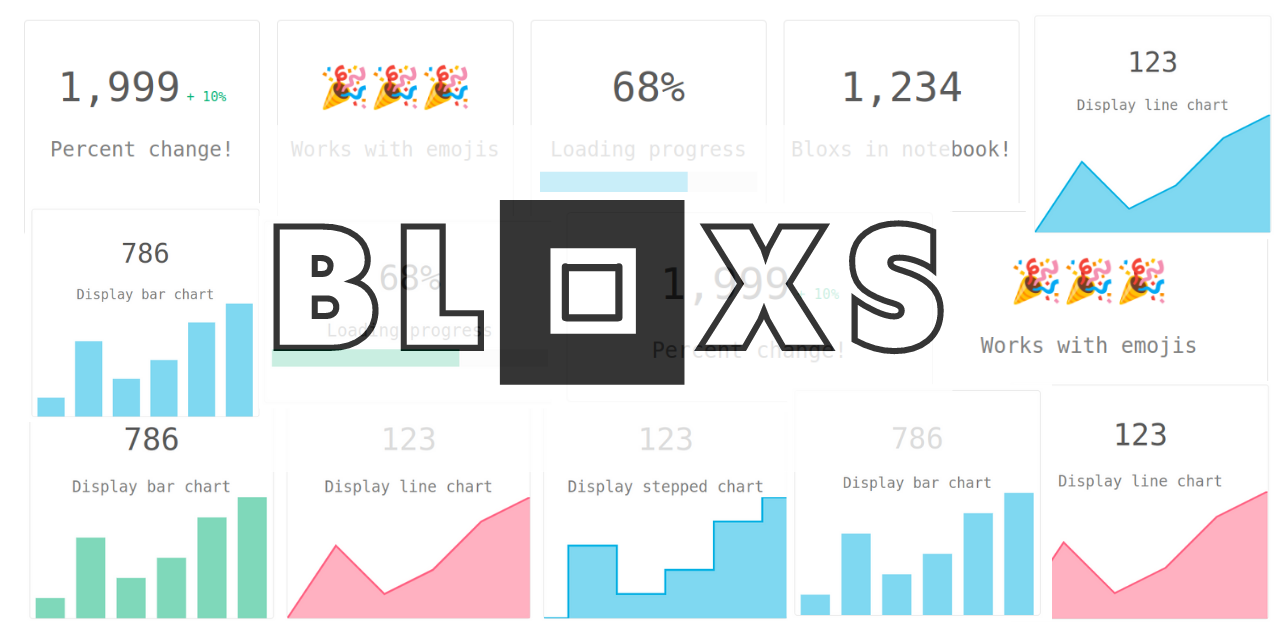Davis-Sunflowers-Su21
Project goals:
Plants influence their reproduction and mating system in many ways. Various factors such as time of flowering, ability to attract pollinators, the position of their anthers and stigmas, timing of anthers opening and pollen dispersal, and receptivity of stigmas. All of these processes lead to diversity in the reproduction system in angiosperms. The current project addresses the questions of how sunflowers have evolved to optimize outcrossing or cross-pollination. Outcrossing is essential for hybrid seed production in crops, hence helpful to breeders and the seed industry. Currently, we are investigating how internal and external factors influence outcrossing via protandry in wild sunflowers. Protandry is a strategy to improve outcrossing by temporal (time) separation of male and female flower development phases. Sunfllowers depends heavily on insects for pollination. We use genomic and quantitative genetic approaches to understand better how the precise timing of floral development promotes cross-pollination.
Materials/Methods:
In Summer 2021, we plan to grow segregating progeny of a cross between two populations (Manitoba and Kansas) collections at UC Davis field experiment station. At anthesis, we set up time-lapse cameras to capture events of floral maturation- bud break, pollen release and stigma curling. The tissue will also be collected to extract DNA from each plant and genotyped by sequencing to map the genetic loci of the traits. We will use MBxKS- F4 and F5 progeny seeds. Generally, wild sunflowers (Helianthus annuus) seeds are small in size and possess both seed coat dormancy and physiological dormancy. Sometimes, seeds harbor endogenous pathogens that could affect the germination and survival. We plan to test various scarification and seed germination methods including hormones and plant protection chemicals to improve the seed germination. The number of seeds obtained per cross would also be a limitation due to poor seed set on the plants, so we need to use seeds sparingly. Survival of transplants into buckets in the field is sometimes minimal, so plan to grow healthy and vigourous seedlings for transplanting. We plan to phenotype atleast 10 plants per progeny of F4 generation and atleast 5 plants of F5 generation. As the Wingscape trial cameras are limited in number (~60), we plan to grow plants in batches. So, we will germinate seeds in batches. We will collect plant samples for DNA extraction and perform Genotype by sequencing to map the underlying loci.

